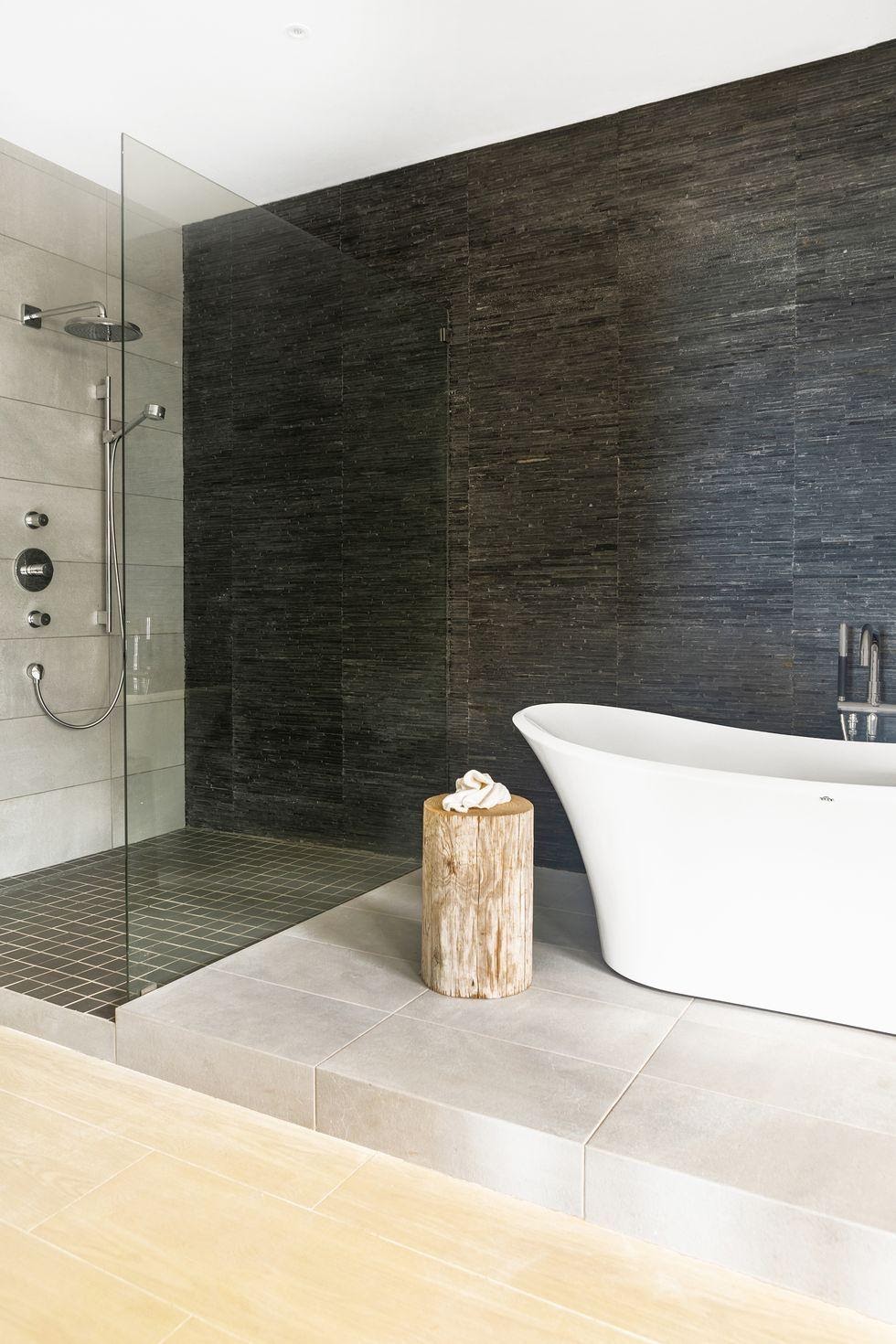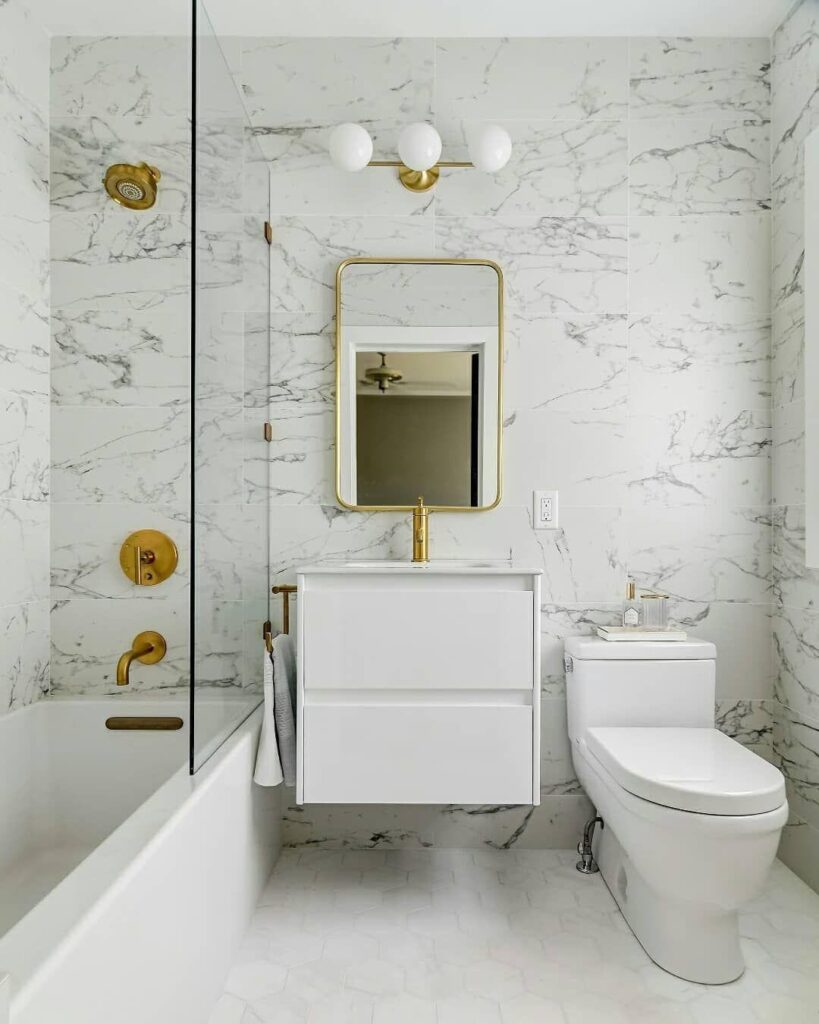
Mixing and Matching Subway Tiles with Other Materials for a Unique Look
Introduction
Subway tiles have long been celebrated as a design classic. Known for their simplicity and versatility, these tiles can adapt to nearly any space. But while they work beautifully on their own, pairing subway tiles with other materials creates striking, one-of-a-kind looks that can elevate your home. From rustic wood accents to sleek metals, the possibilities are endless.
History and Origins of Subway Tiles
The story of subway tiles begins in New York City in 1904 when they were first installed in the underground subway stations. Designers wanted something practical yet stylish—tiles that were easy to clean, reflected light, and made public spaces look bright and hygienic. The 3×6-inch white glazed tiles quickly became iconic, not just in transit hubs but in homes, too. Over a century later, subway tiles remain a top choice in interior design.
See more: How to Choose the Right Size and Type of Reo Bar for Your Project
Why Subway Tiles Are Timeless
What makes subway tiles timeless is their ability to blend with nearly any style. They can be dressed up for a modern, minimalist aesthetic or paired with vintage décor for a charming, old-world feel. Their clean lines, affordability, and adaptability make them a go-to for designers and homeowners who want a look that won’t go out of style.
Different Types of Subway Tiles
Subway tiles are no longer limited to plain white ceramic. Today, you’ll find them in a wide variety of materials, finishes, and sizes:

- Ceramic Subway Tiles: Affordable and widely available, ceramic tiles are perfect for kitchens and bathrooms.
- Glass Subway Tiles: Reflective and sleek, these add brightness and a touch of glamour.
- Marble Subway Tiles: Luxurious and natural, marble tiles create elegance in any room.
- Matte Finishes: These tiles lend a contemporary, understated feel.
- Glossy Finishes: A high-shine look that reflects light beautifully.
- Sizes Beyond 3×6: Larger tiles, like 4×12 or even elongated rectangles, give a modern twist on the classic.
Creative Ways to Use Subway Tiles
While subway tiles are often seen as a kitchen backsplash staple, they can be used creatively throughout the home:
- Kitchen Backsplashes: Pair with granite, quartz, or wood countertops for contrast.
- Bathrooms: Combine subway tiles with patterned flooring or natural stone for a spa-like retreat.
- Living Rooms: Create a feature wall by mixing subway tiles with exposed brick or reclaimed wood.
- Fireplace Surrounds: Use subway tiles alongside natural stone for a cozy, layered look.
How to Choose the Right Subway Tiles for Your Space
When selecting subway tiles, think about the role they’ll play in your design. Do you want them to stand out as a bold feature, or quietly complement other elements? Color, size, and finish matter. For example, glossy white subway tiles can make small kitchens feel brighter, while darker matte tiles lend drama to a modern bathroom.
Subway Tiles in Modern Interior Design
Subway tiles shine in contemporary homes because they’re so adaptable. Designers often mix them with contrasting textures like raw concrete, natural wood, or metallic finishes to balance warmth and sleekness. Black subway tiles paired with brass fixtures, for instance, create a luxe modern vibe, while white tiles with reclaimed timber offer a more rustic look.
Installing Subway Tiles: DIY or Professional?
If you’re handy, subway tiles can be a great DIY project. Their uniform size makes them relatively easy to lay in classic patterns. However, intricate layouts—like herringbone or vertical stacking—require precision that’s best left to professionals. Hiring an expert ensures a polished, seamless look, especially if you’re mixing multiple materials.
Maintaining Subway Tiles
One of the many perks of subway tiles is their low maintenance. Regular wiping with a mild cleaner keeps them looking fresh. For grout lines, especially when mixing subway tiles with stone or wood, sealing helps prevent stains and discoloration. With proper care, your subway tile designs will stay beautiful for years.
Conclusion
Subway tiles have stood the test of time for a reason—they’re versatile, affordable, and endlessly adaptable. By mixing them with other materials such as wood, marble, glass, or metal, you can create a truly unique look that reflects your personality and enhances your home. Whether you’re aiming for rustic charm or modern elegance, subway tiles remain the perfect design companion.
FAQs
Yes, subway tiles pair beautifully with natural stone. For example, white subway tiles combined with marble countertops or stone flooring add depth and sophistication. The contrast between the clean, structured tiles and the organic feel of stone creates a balanced and timeless design.
Neutral tones like white, black, and gray subway tiles often pair best because they let other textures—wood, stone, or metal—stand out. However, colored tiles can also make a statement. Navy or green subway tiles, for example, can add a bold twist when paired with warm woods or brass fixtures.
Absolutely. Subway tiles adapt well to modern aesthetics. Pairing them with sleek materials like stainless steel or matte black fixtures creates a chic, contemporary vibe. Choosing oversized subway tiles or experimenting with unique layouts like herringbone also modernizes the traditional look.
Not necessarily. Subway tiles are affordable, so blending them with more premium materials like marble or wood allows you to create a high-end look without overspending. By using subway tiles as the main surface and accenting with pricier materials, you can stay within budget while still achieving a luxurious effect.


